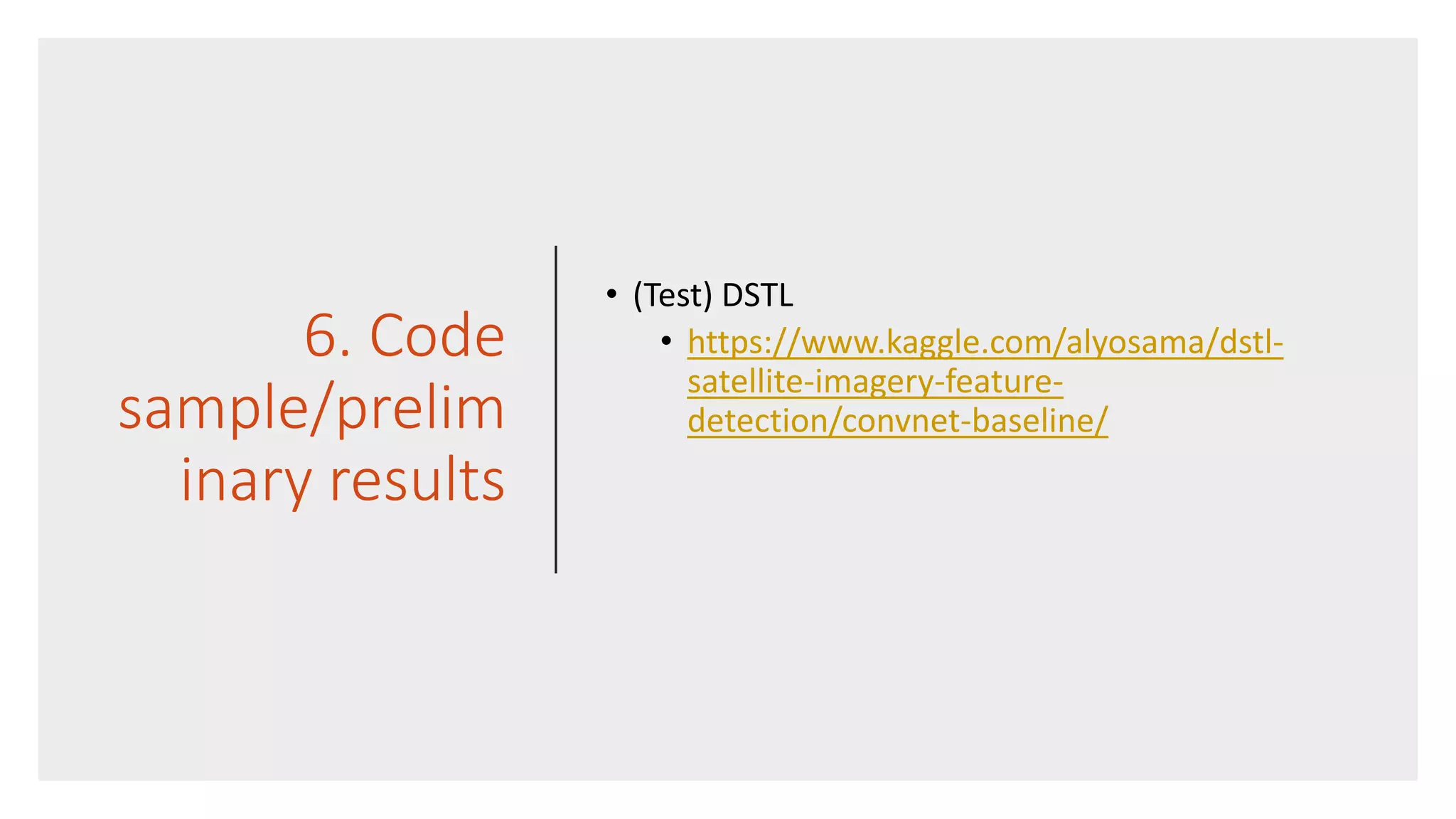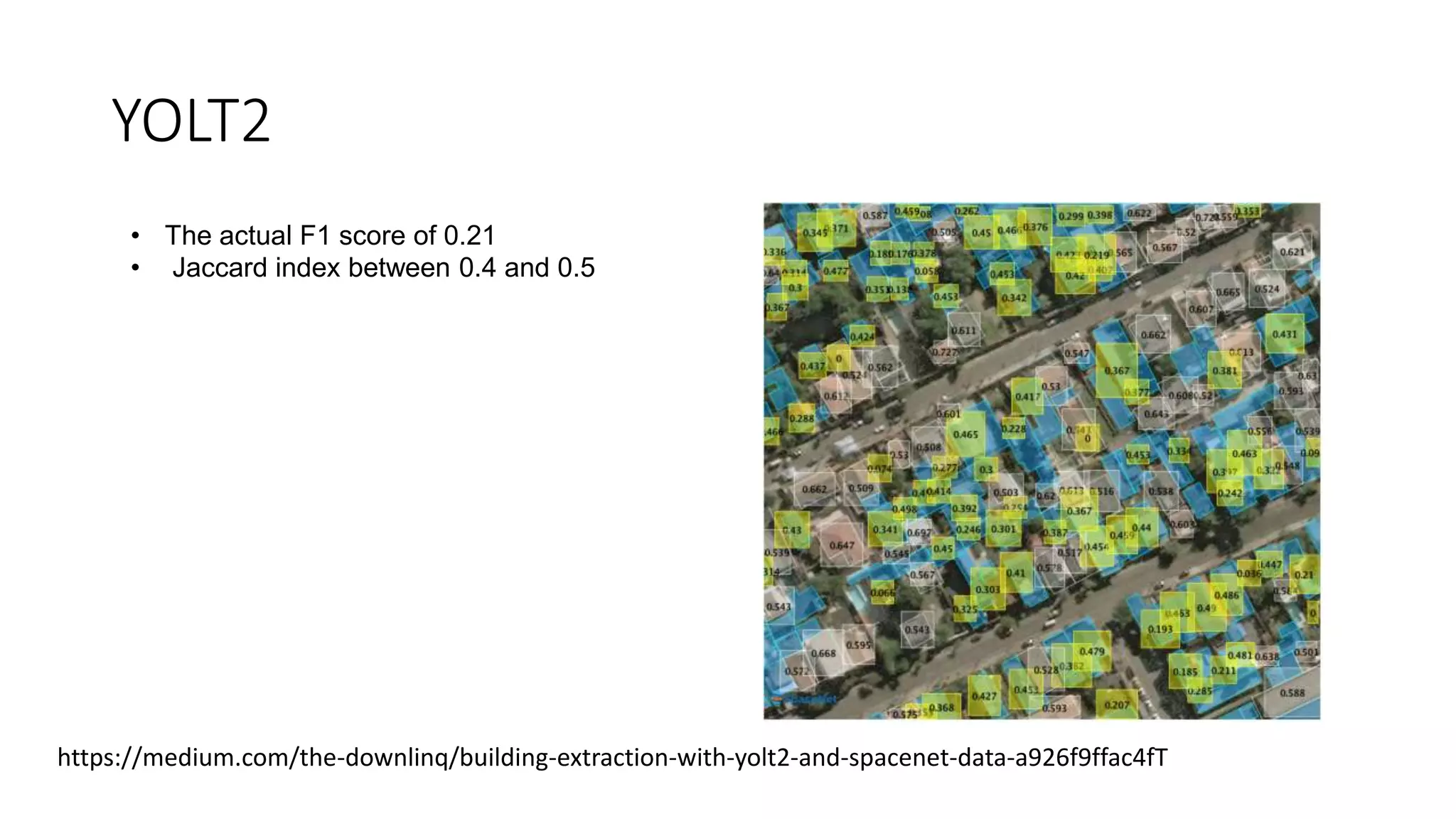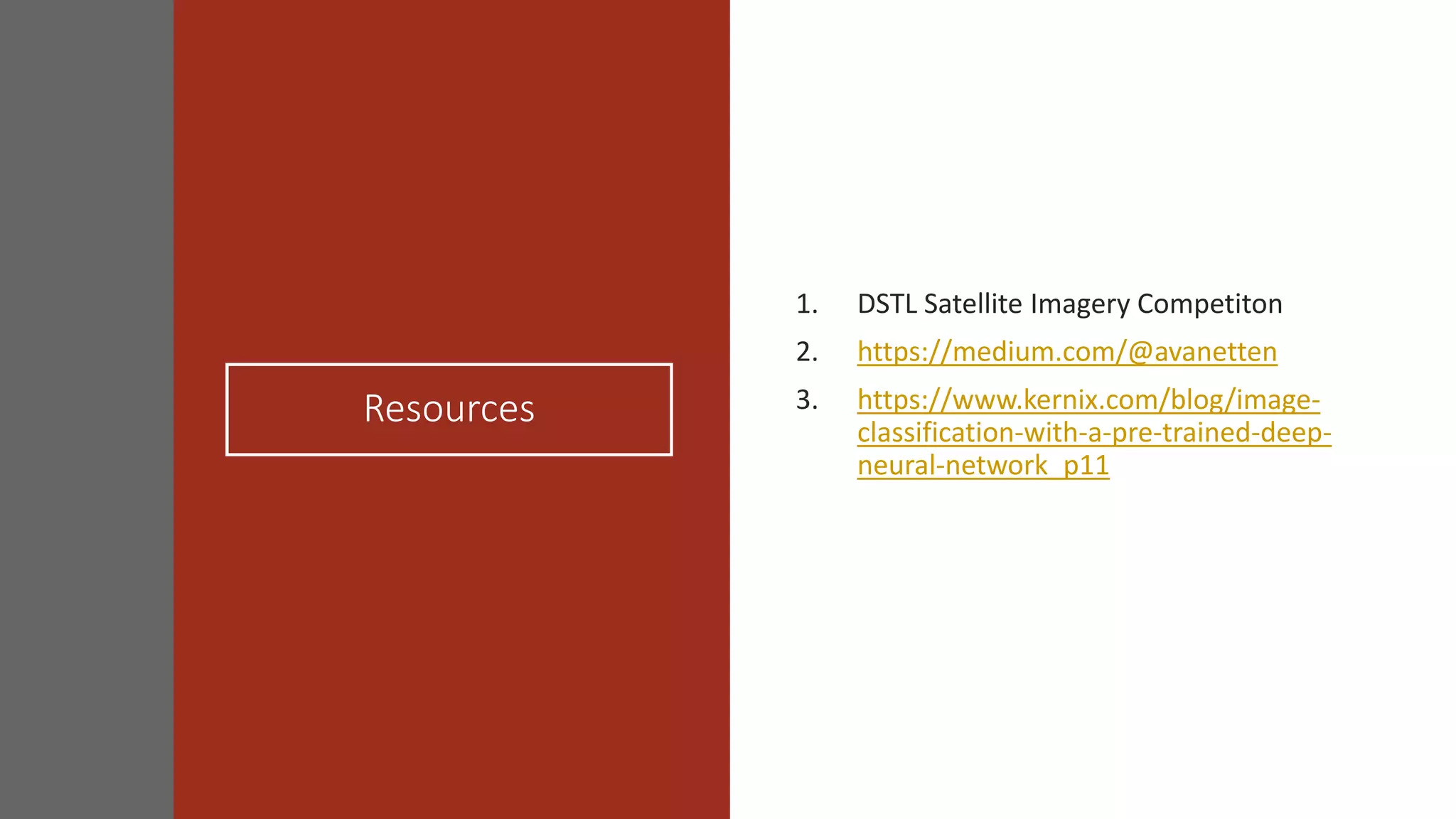This document presents an overview of using deep learning for object extraction from satellite imagery. It discusses the needed data, training process, evaluation methods, appropriate tools, and literature review on the subject. Code samples applying techniques like VGGNet, Faster R-CNN, YOLO, and fully convolutional networks to datasets like SpaceNet and DSTL achieve preliminary results, with the YOLO model obtaining a maximum F1 score of 0.21 on test data.
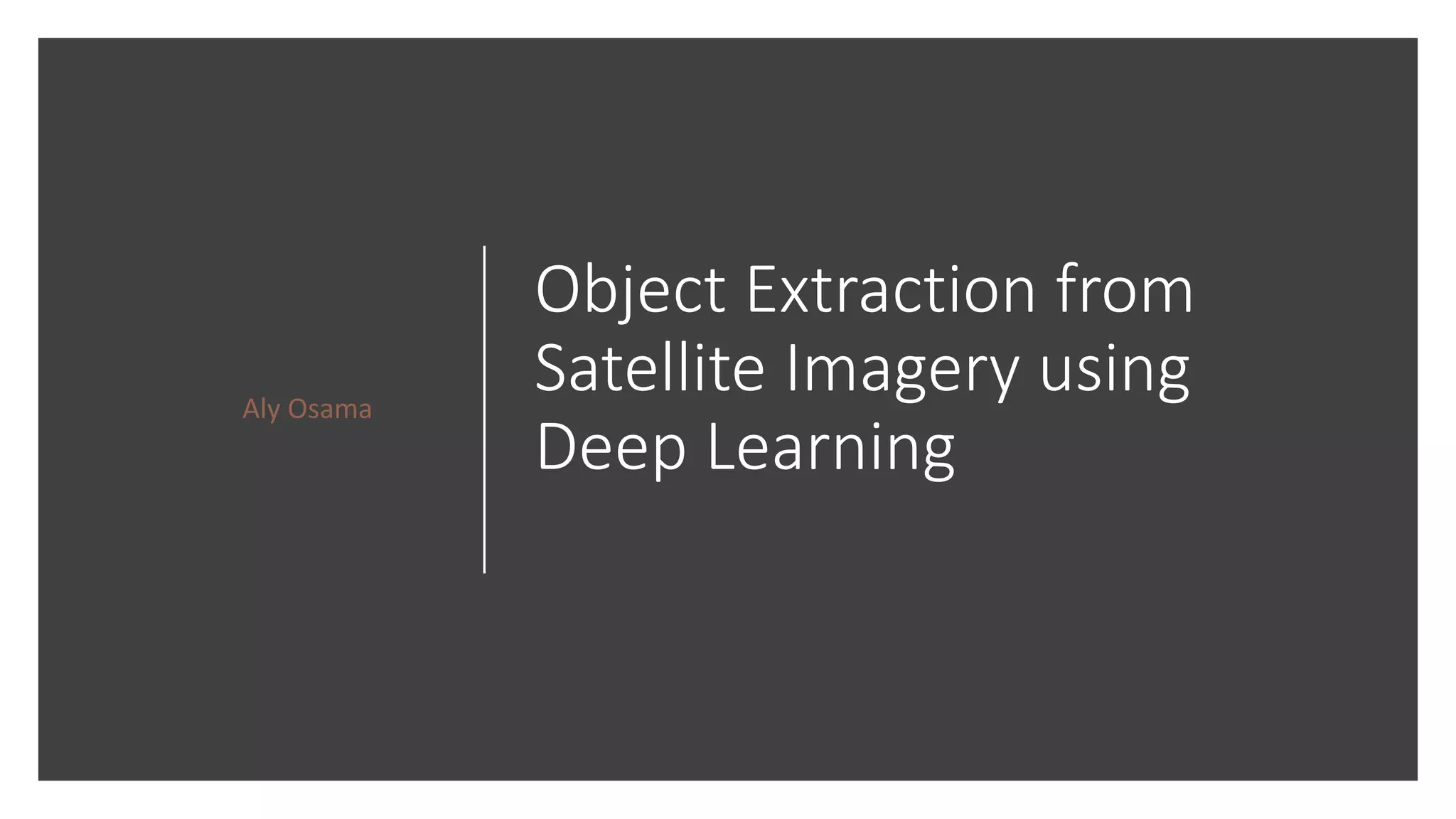
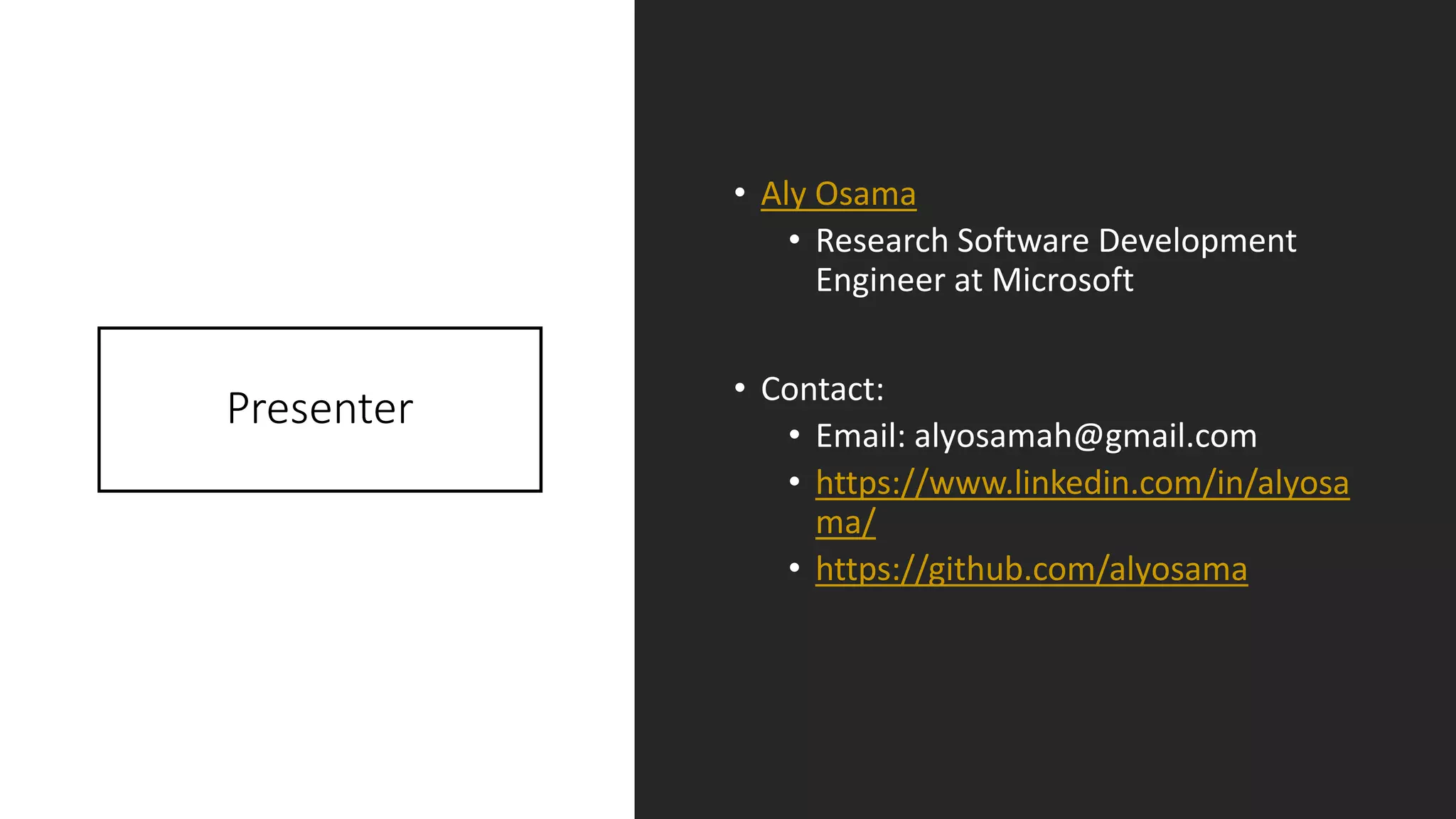
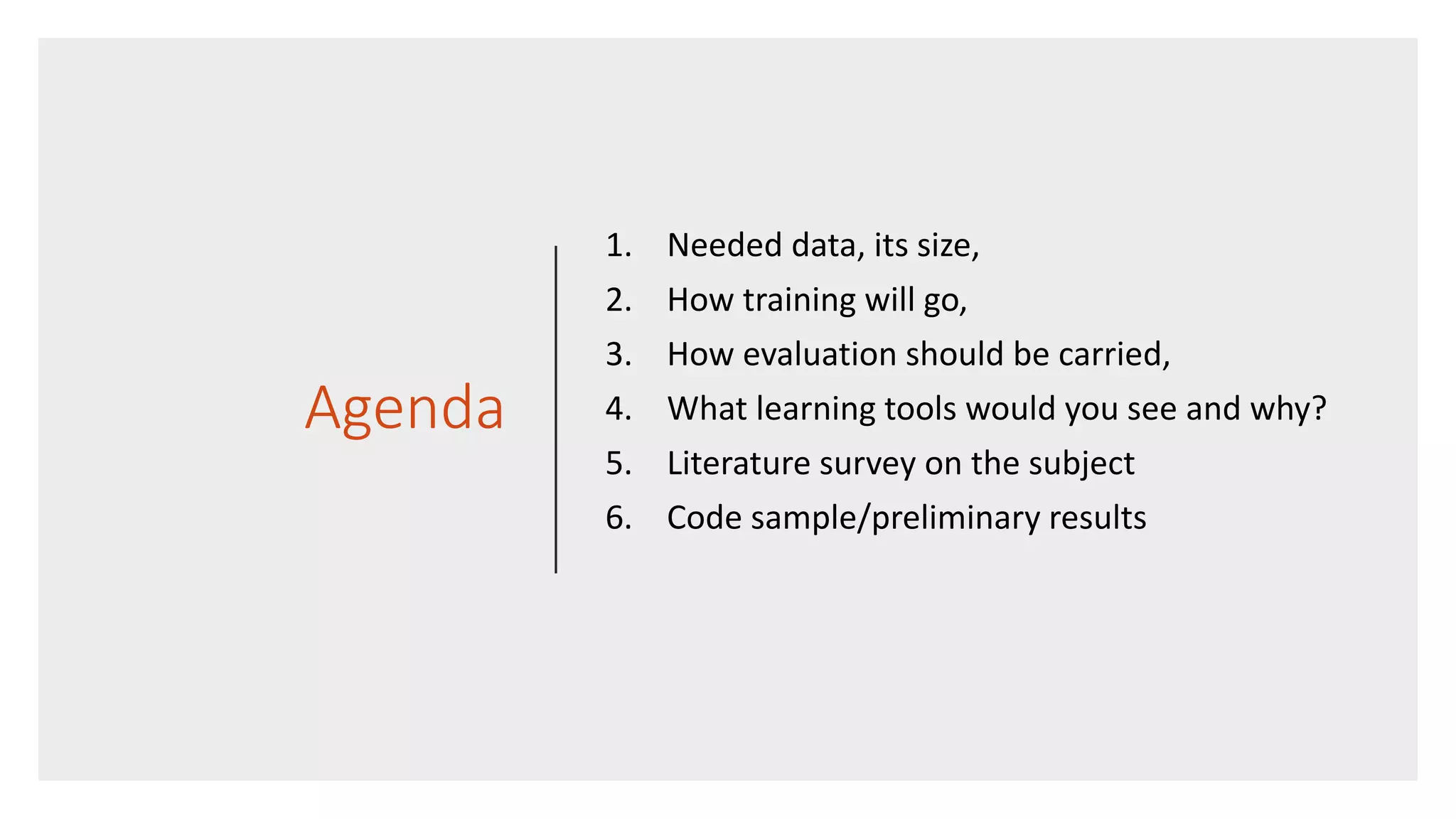

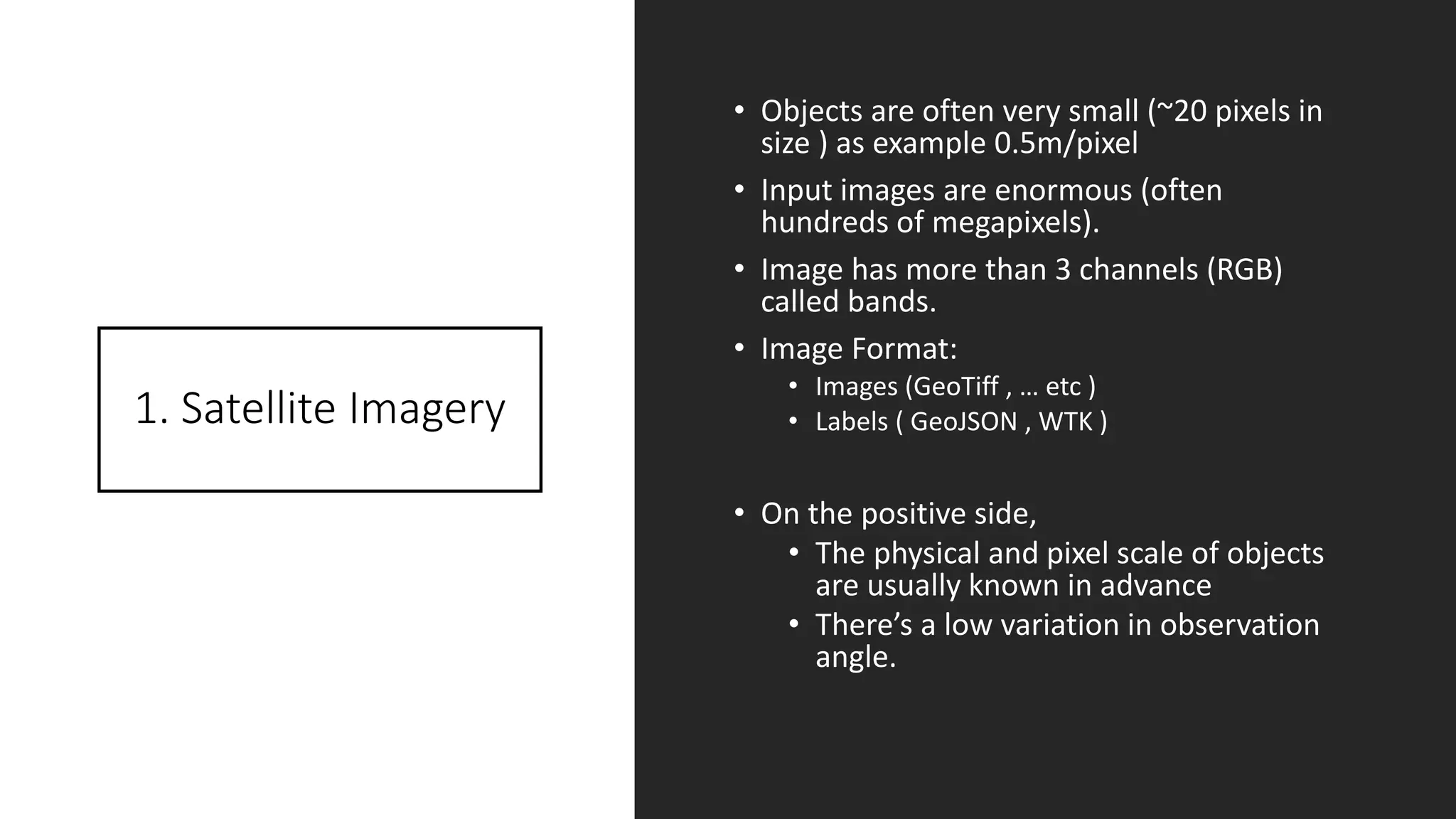
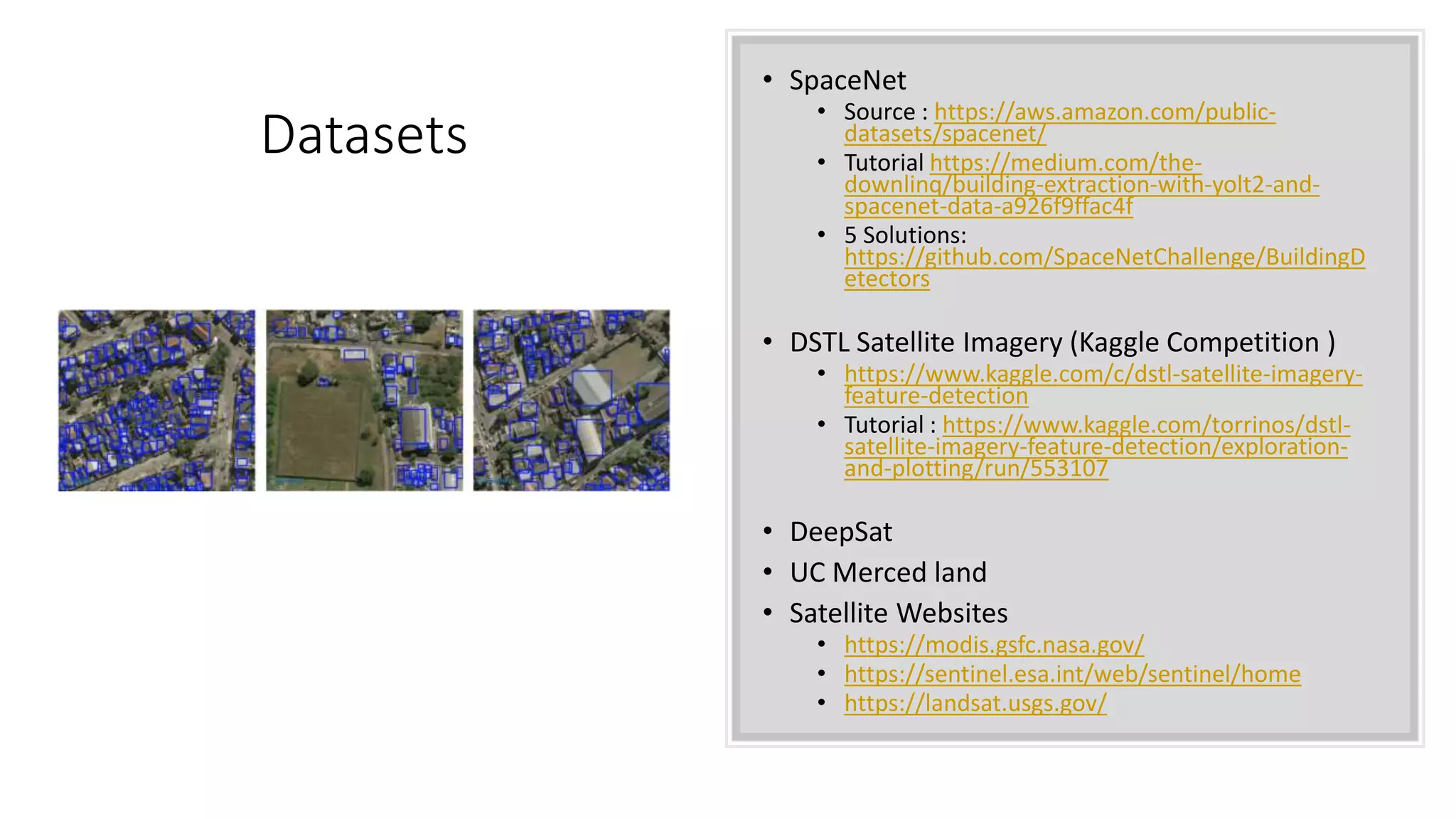

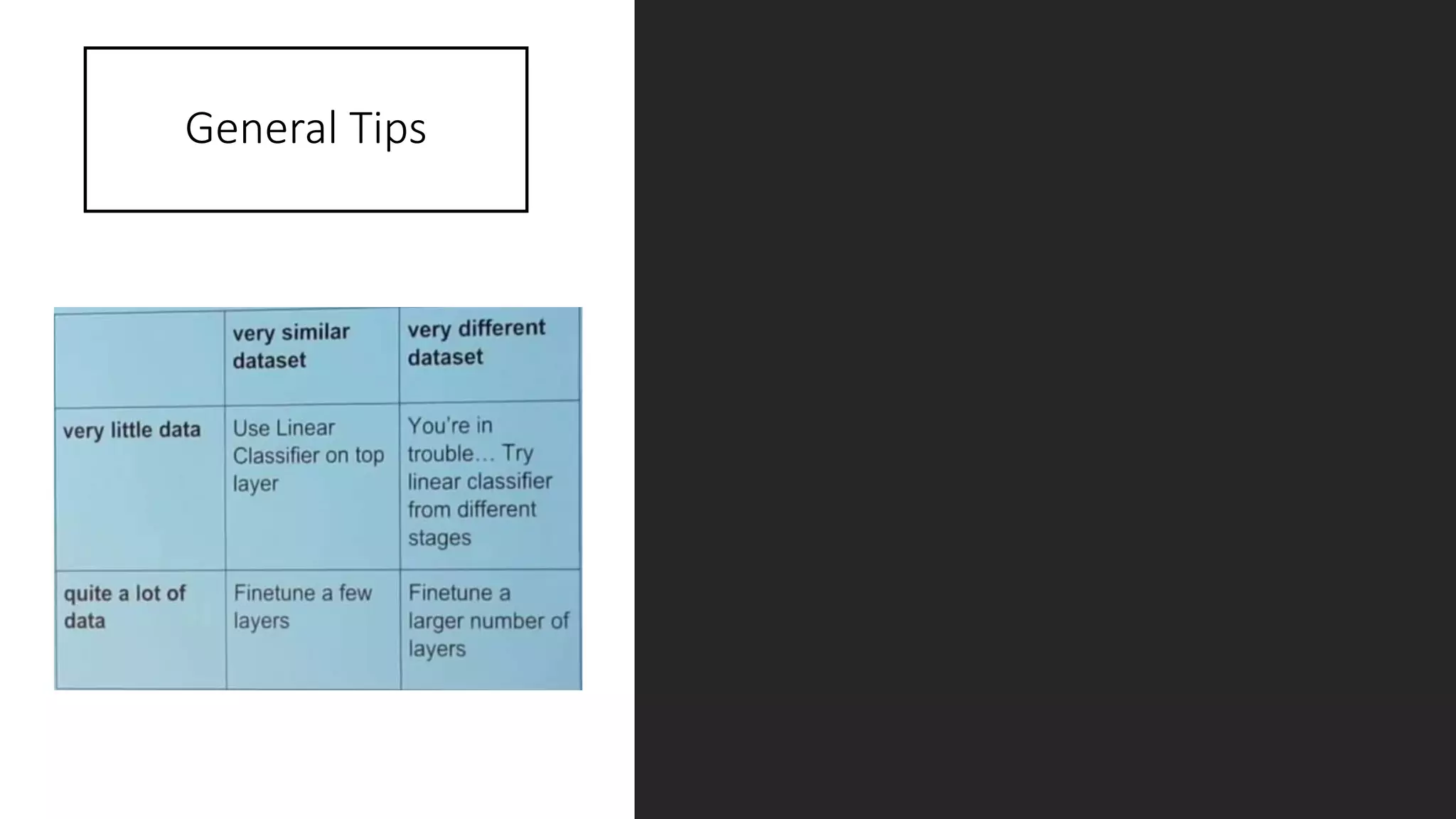
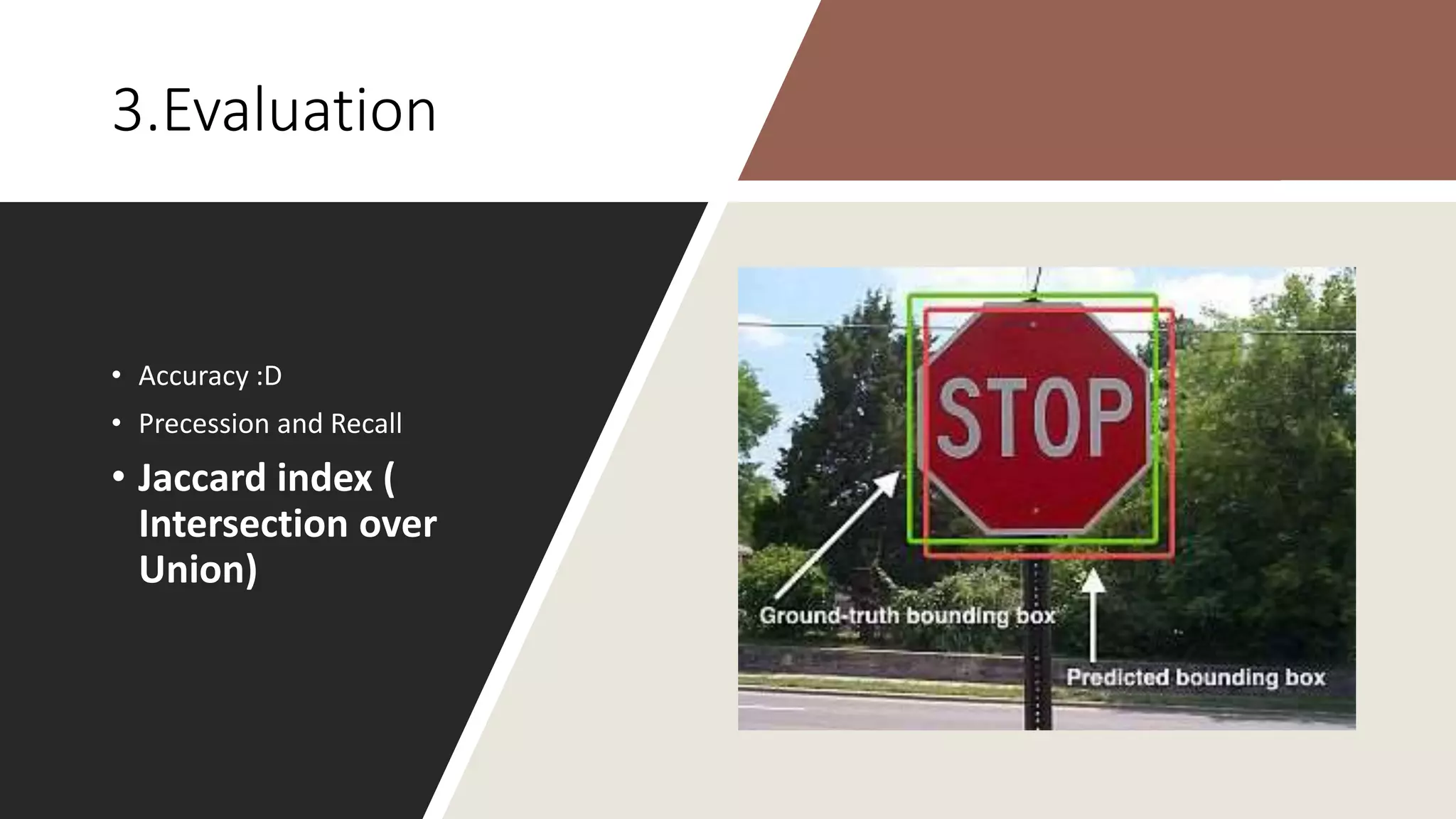
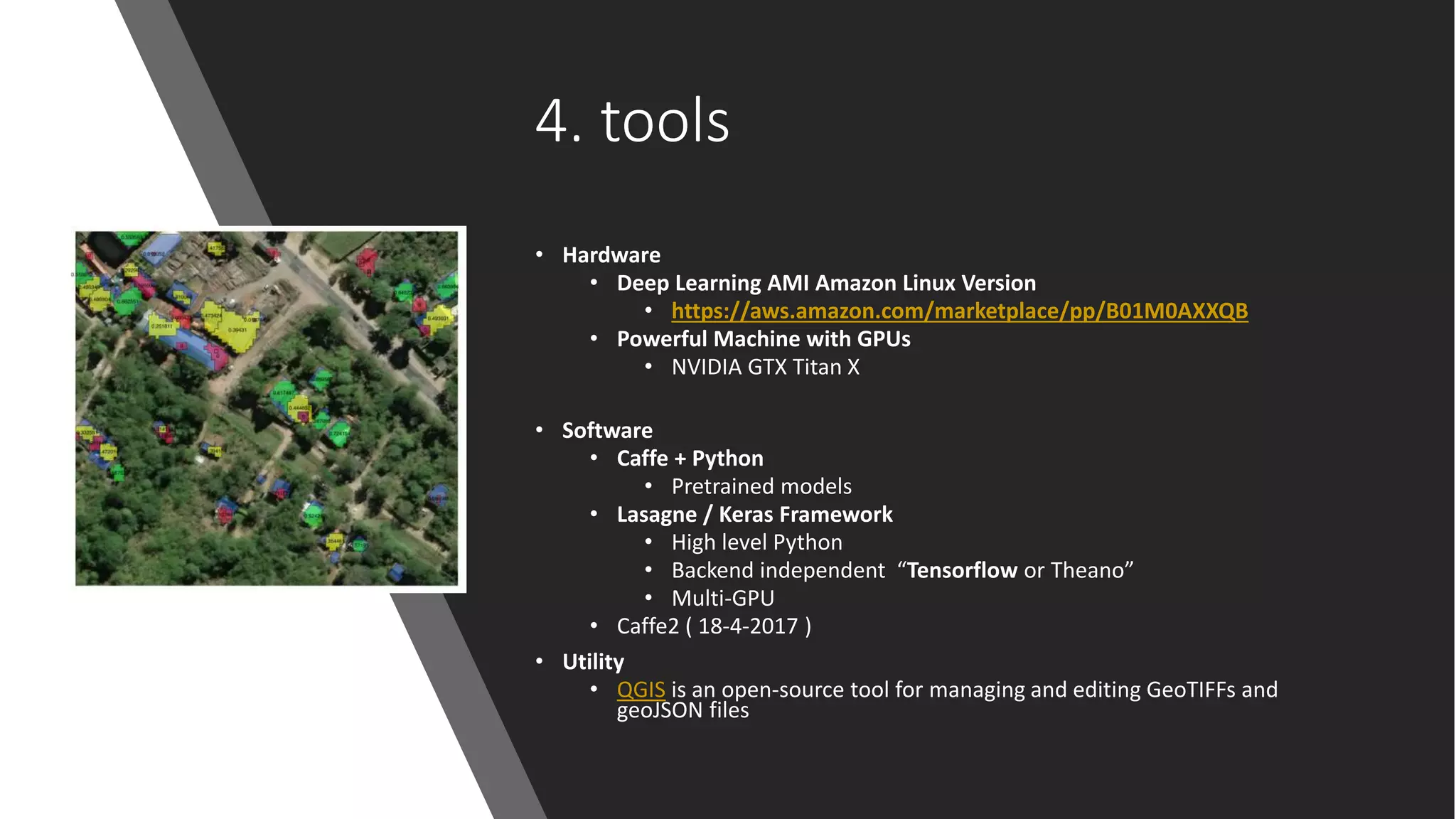

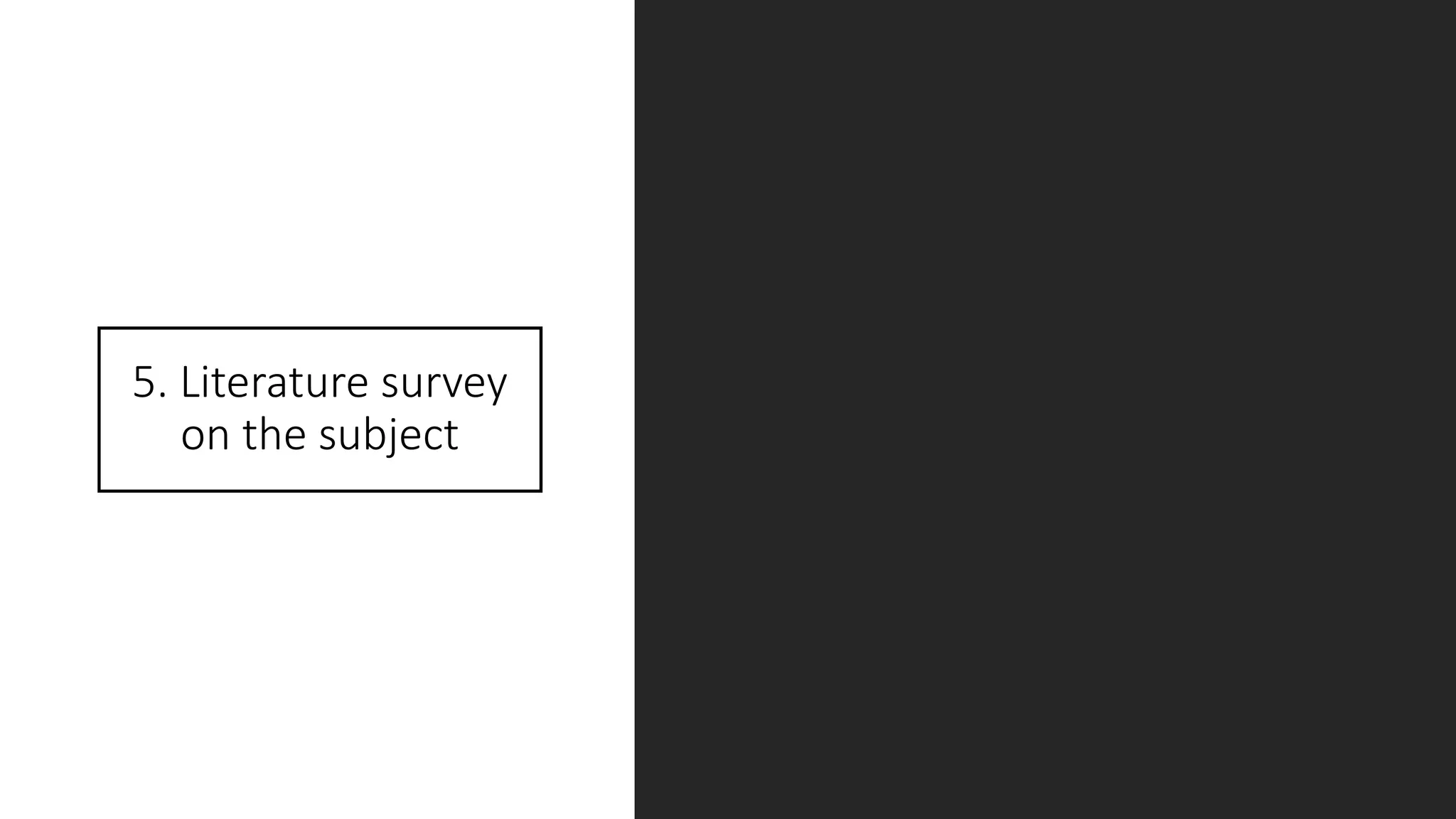
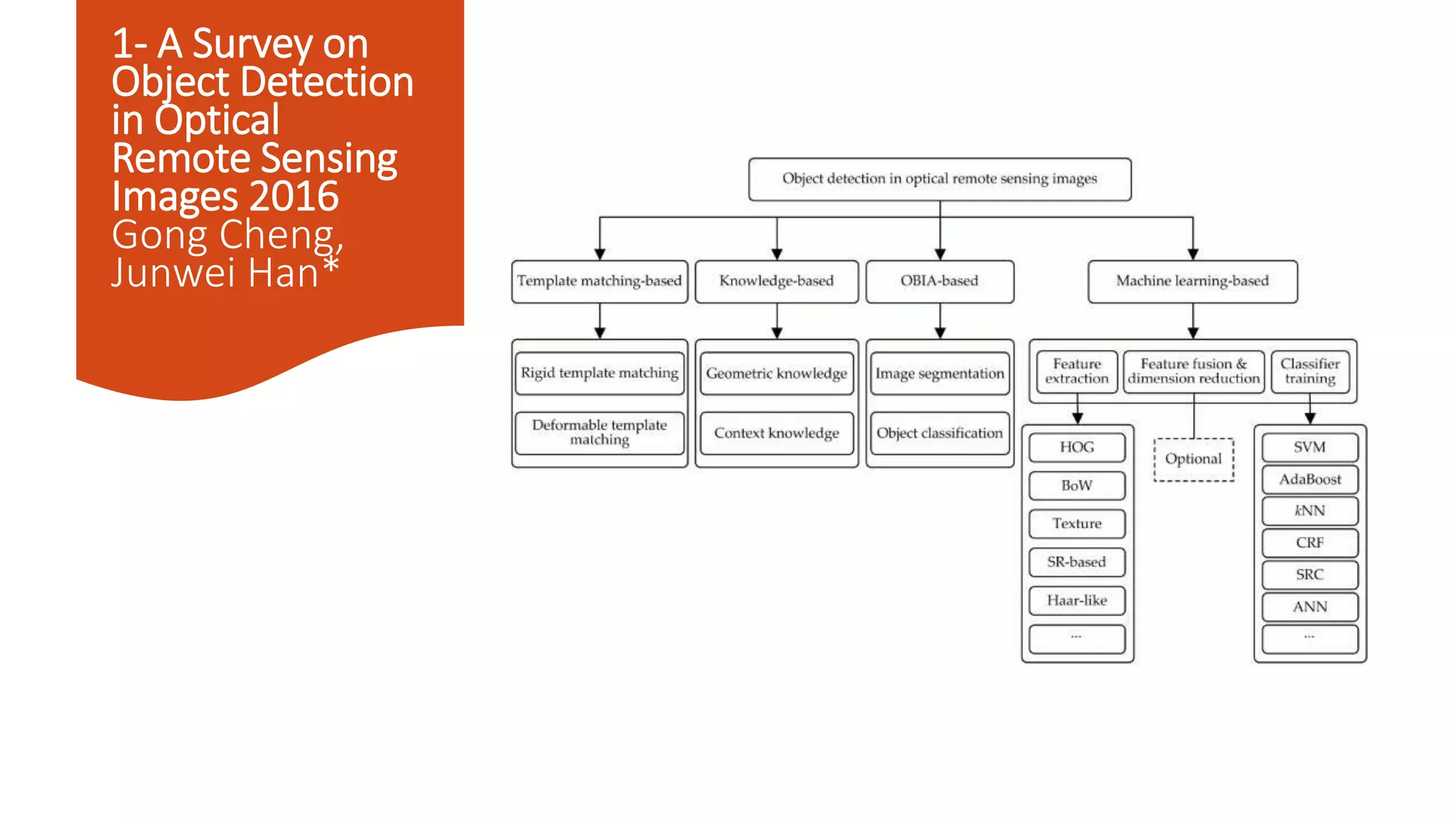
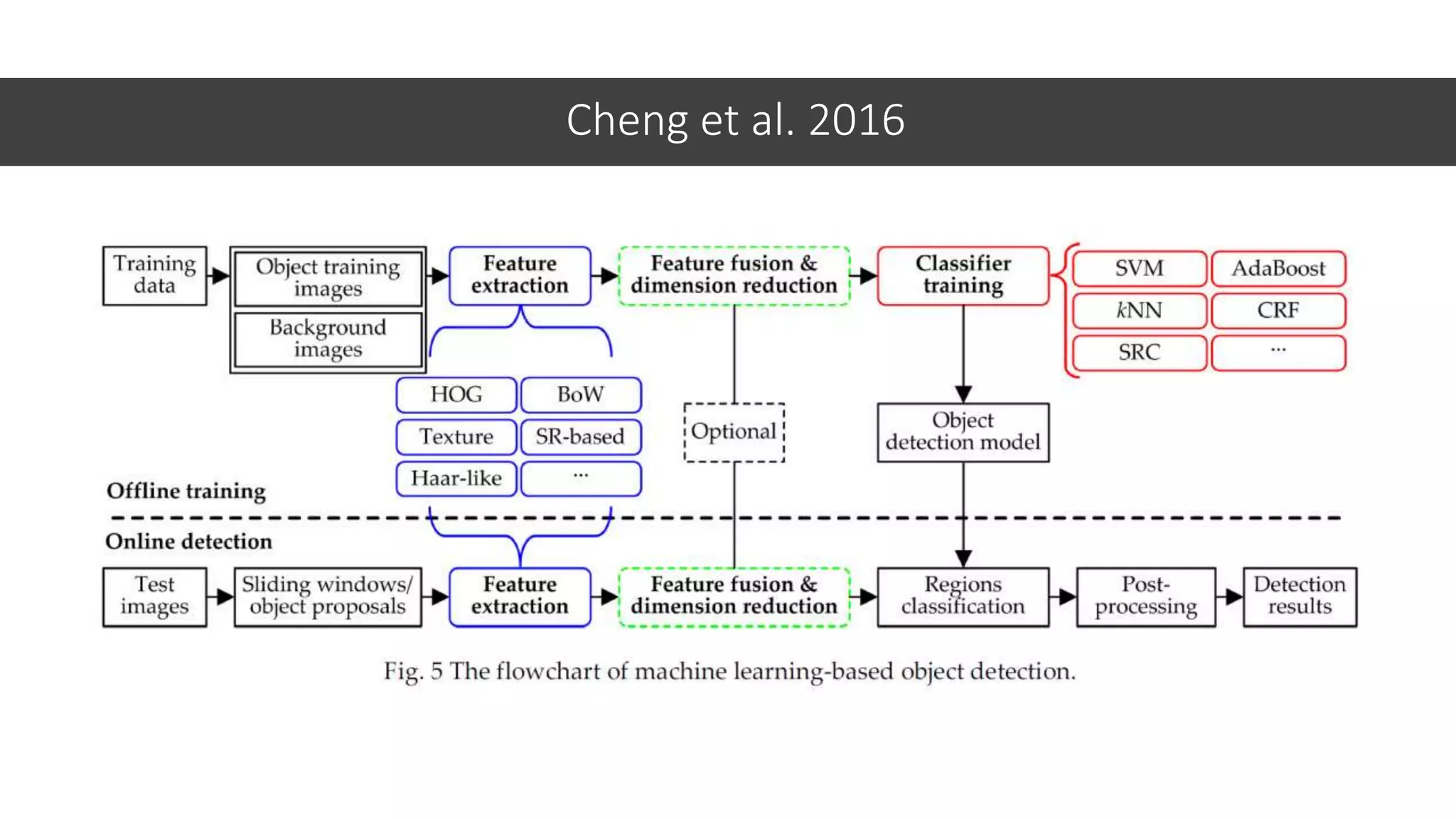
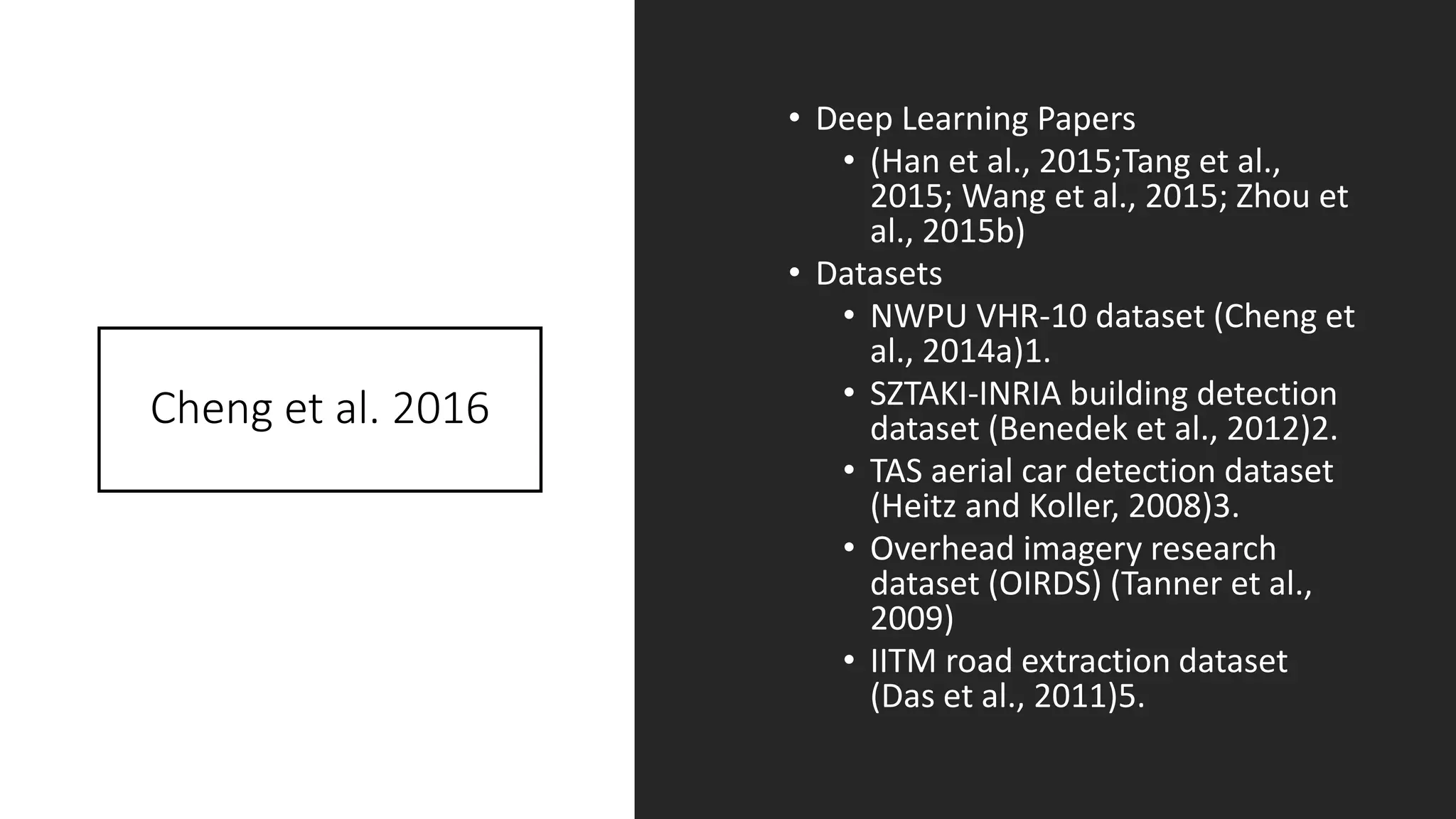

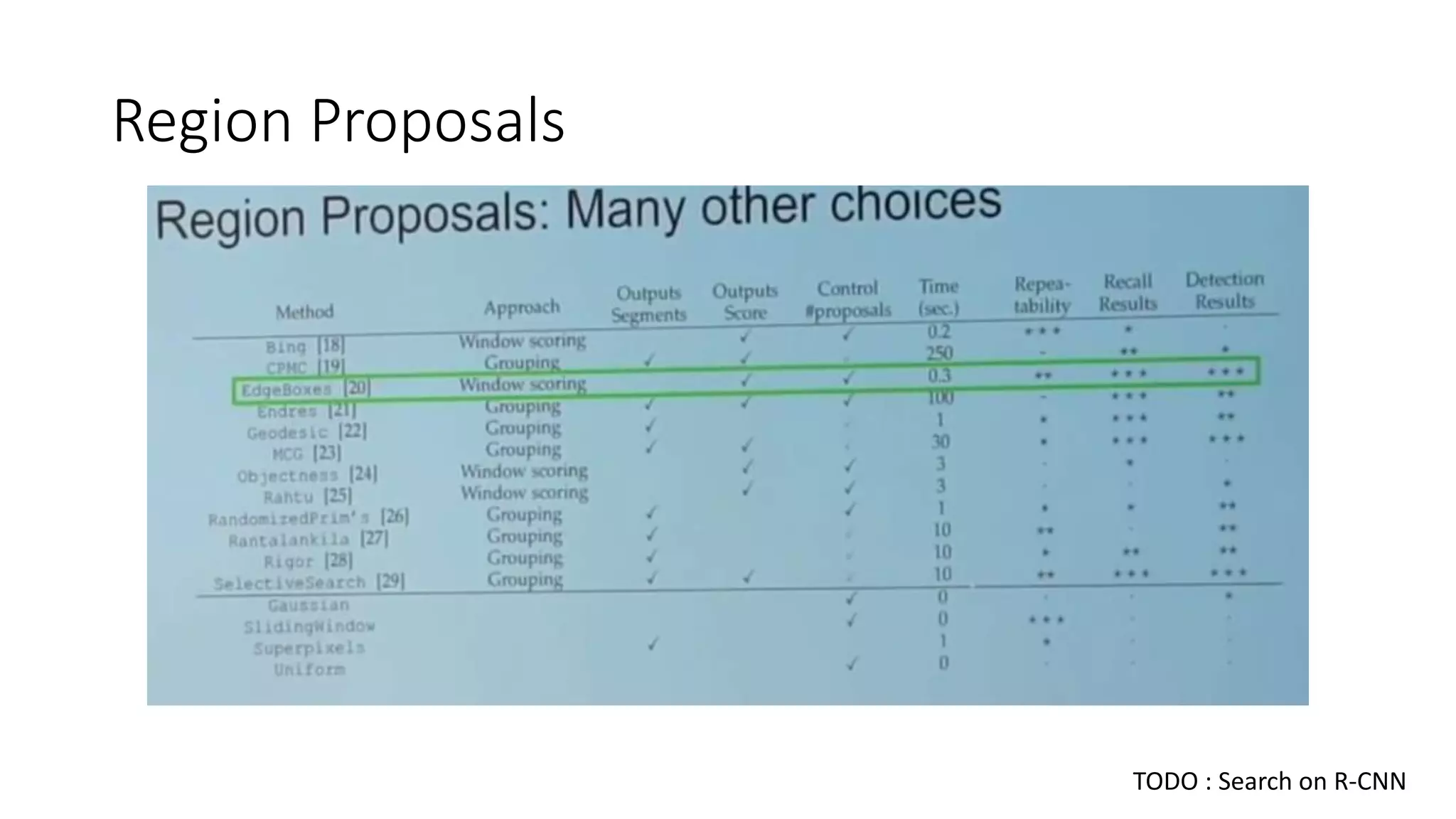
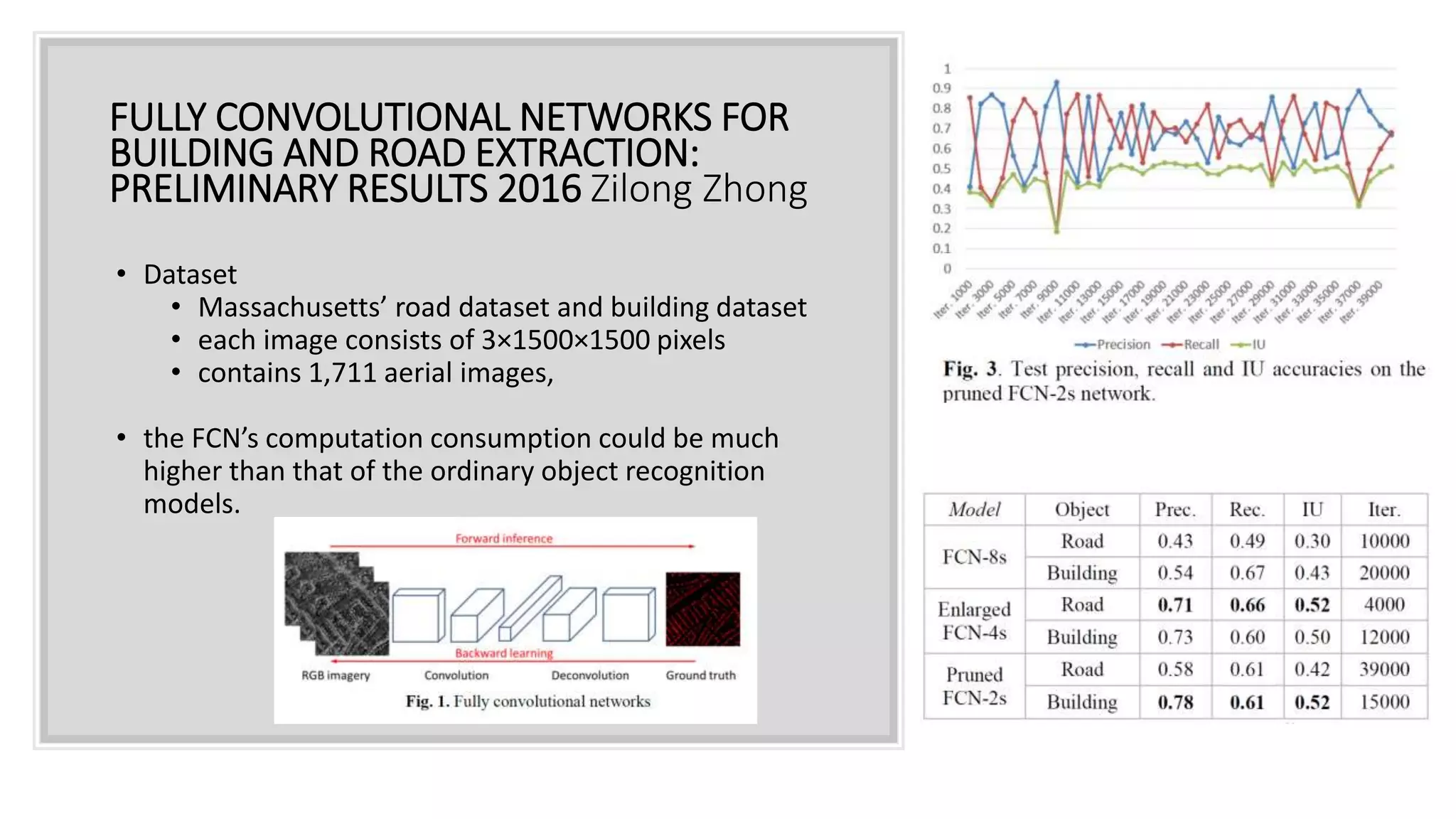
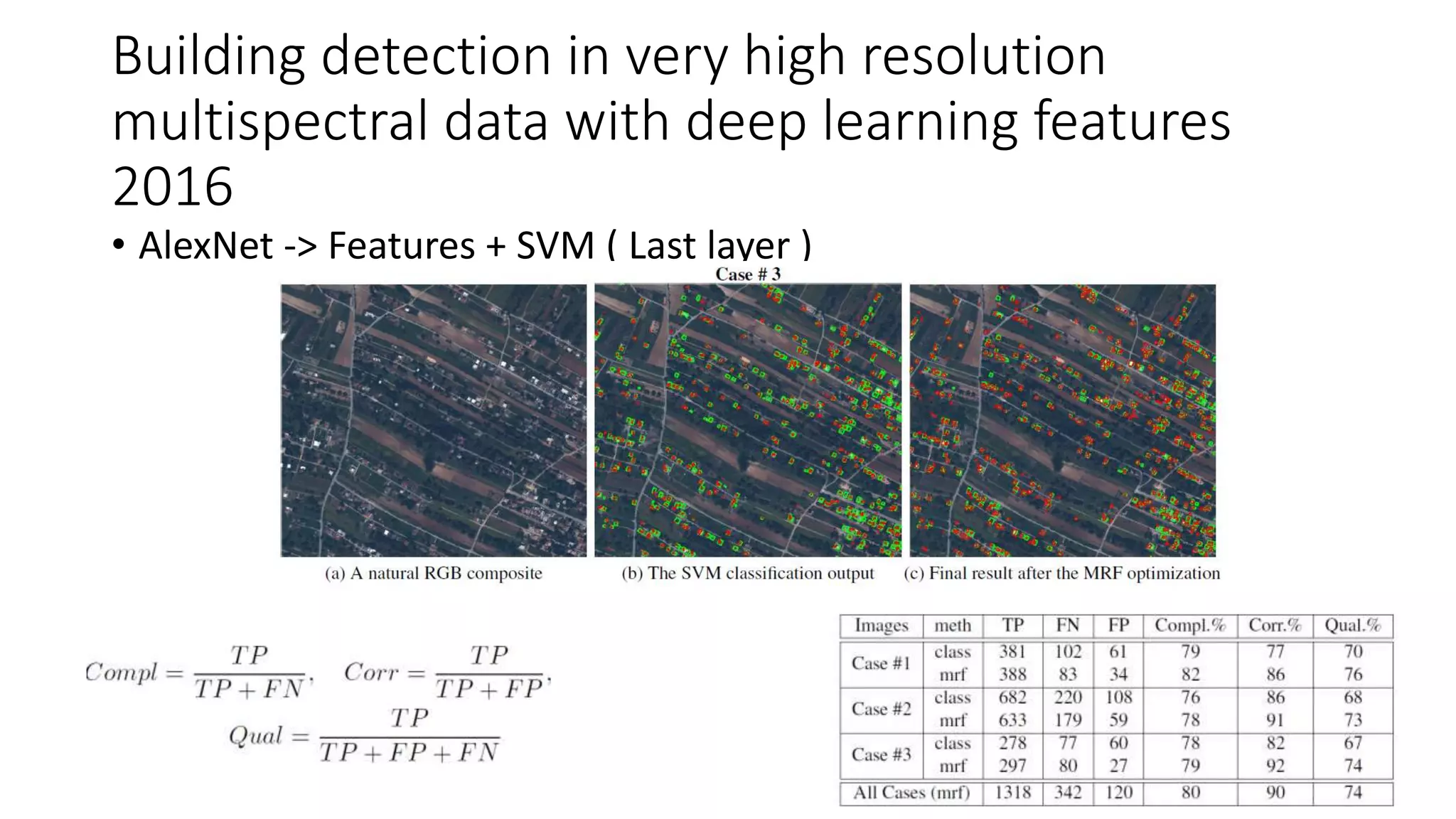
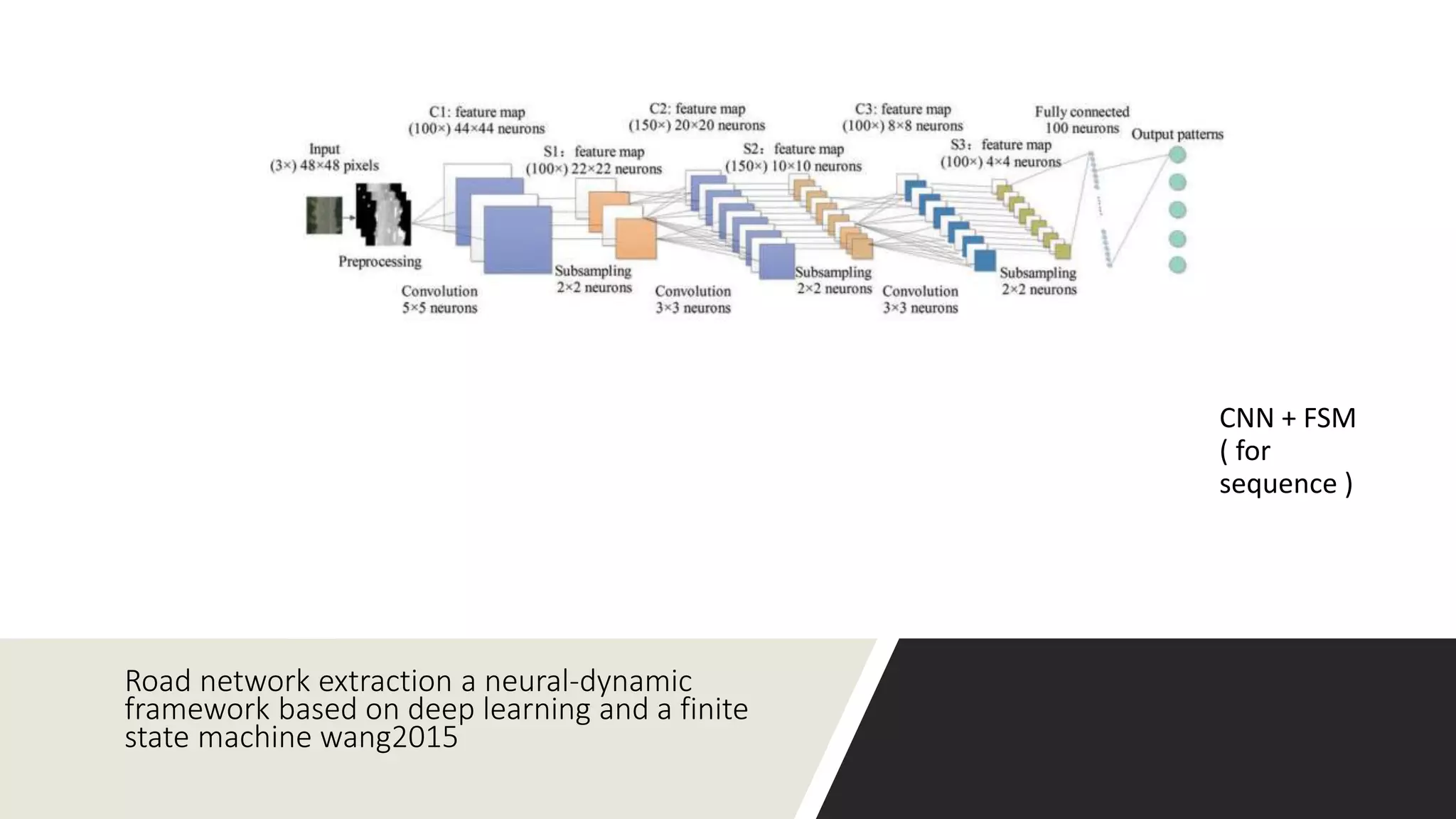

![Using convolutional networks and satellite imagery to identify pa.erns in urban environments at a large scale ADRIAN ALBERT*, Massachuse.s Institute of Technology2017 • Dataset : • UC Merced land use dataset [25] (of 2100 images spanning 21 classes) • DeepSat land use benchmark dataset ( 4 channels • (VGGNet and ResNet)](https://image.slidesharecdn.com/objectextractionfromsatelliteimageryusingdeeplearning-170501144150/75/Object-extraction-from-satellite-imagery-using-deep-learning-22-2048.jpg)
